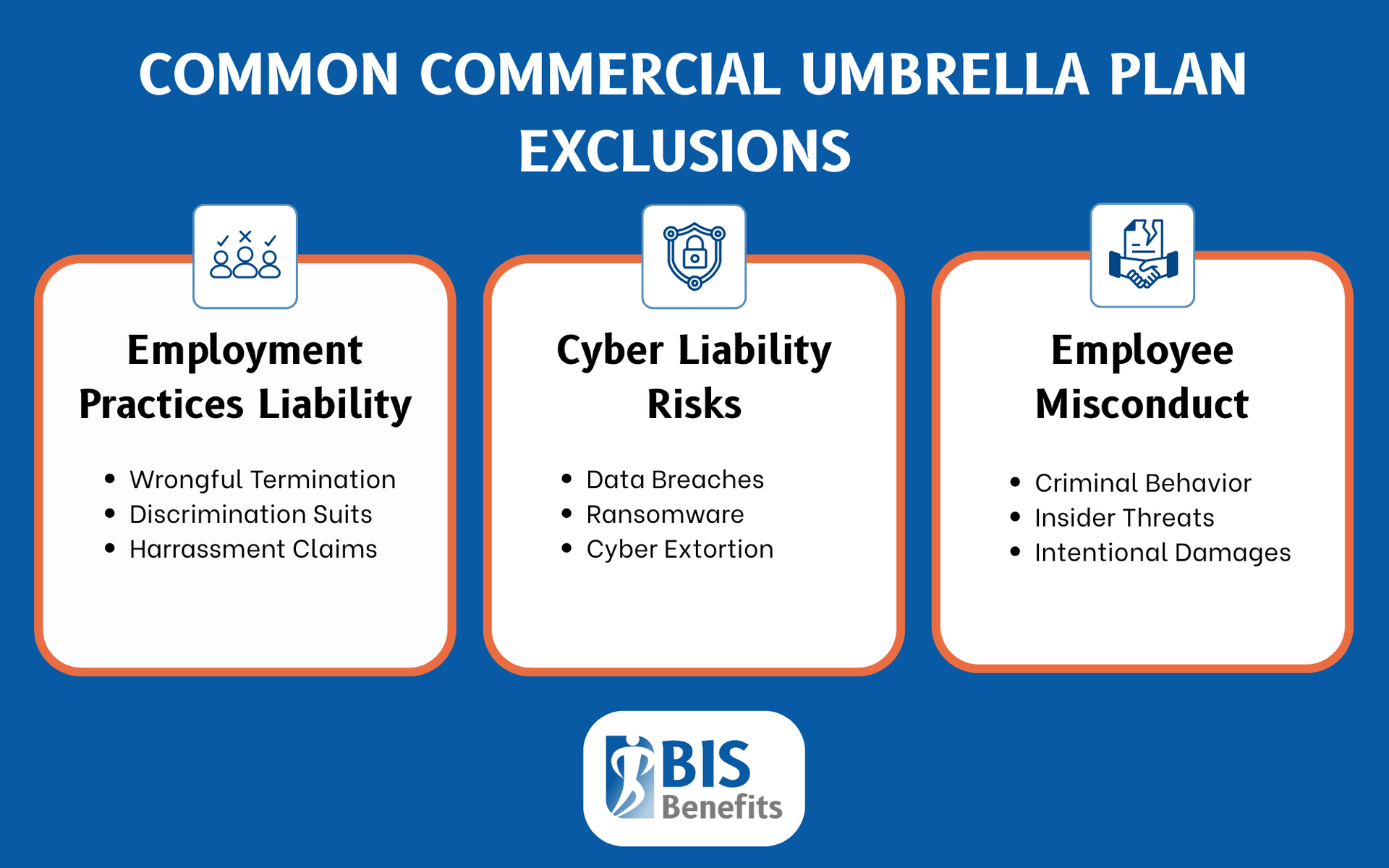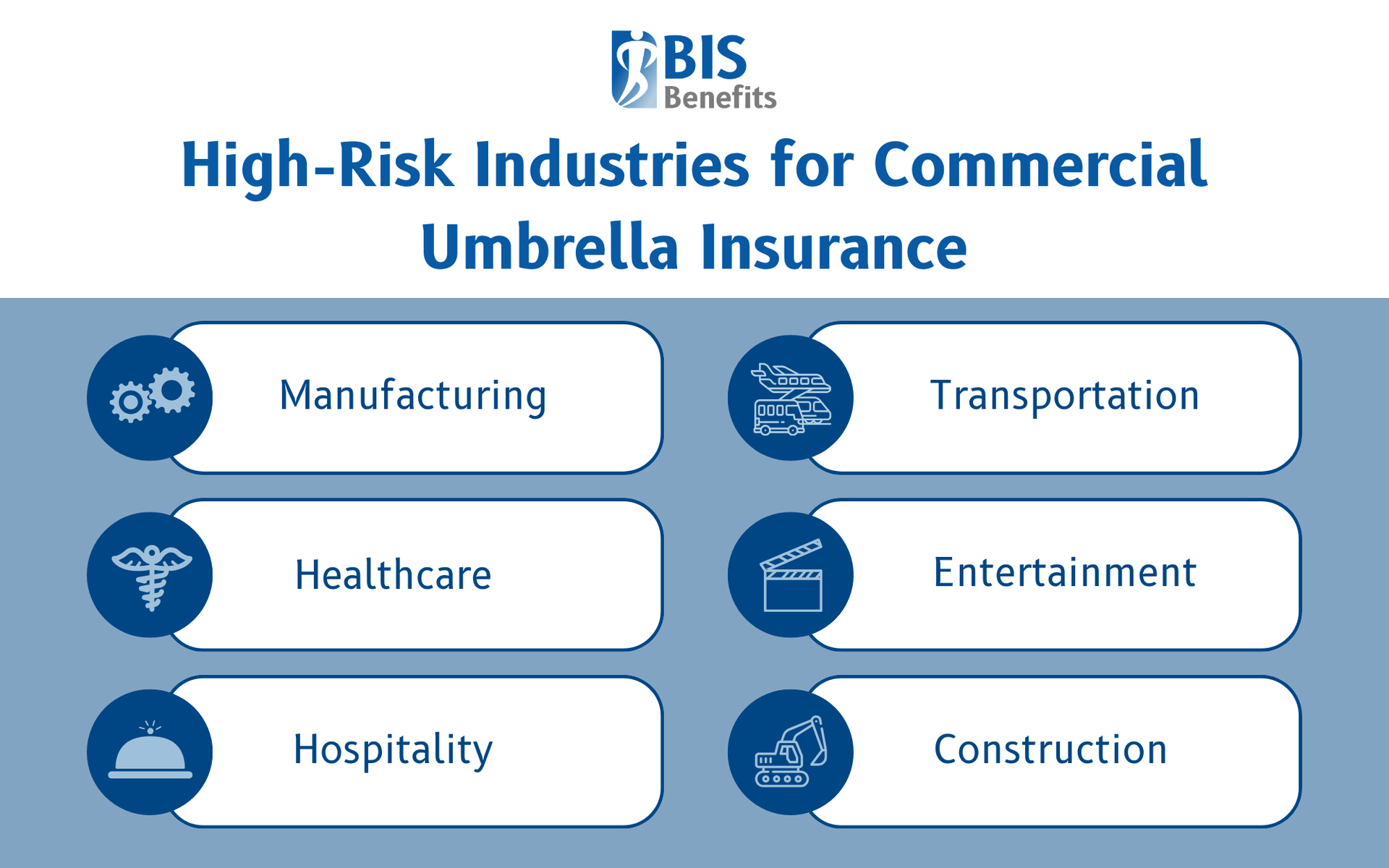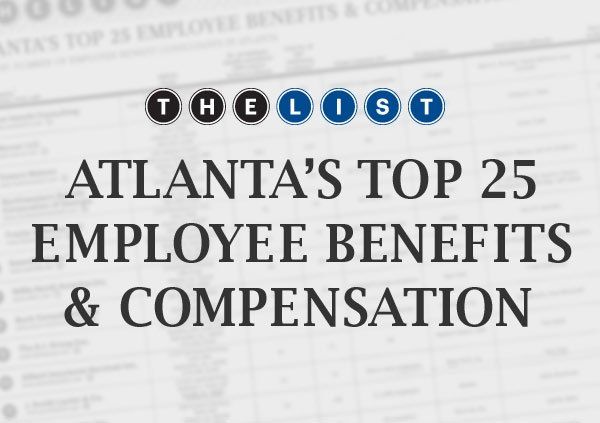What is Commercial Umbrella Insurance?
What is Commercial Umbrella Insurance?
At a Glance: Commercial umbrella coverage can simplify insurance management by providing broad protection across multiple liability exposures through a single policy, including bodily injury, property damage, and product liability. Many types of businesses benefit from taking advantage of umbrella insurance, especially ones in high-risk industries like construction and transportation.
Commercial umbrella insurance is a specialized form of liability coverage that provides an additional layer of protection beyond your business's primary insurance policies. In today's litigious business environment, where a single lawsuit can result in multi-million dollar judgments, umbrella insurance serves as critical financial protection that can mean the difference between a manageable claim and business-threatening liability.
While primary insurance policies like
general liability,
commercial auto, and
workers' compensation provide essential coverage, they come with limits. A serious accident, major product defect, or significant property damage incident can quickly exceed standard policy limits, leaving business owners exposed to potentially devastating financial consequences. Commercial umbrella insurance bridges this gap, offering additional coverage that protects your business assets and ensures business continuity even when facing serious liability claims.
Understanding Commercial Umbrella Insurance Basics
How Umbrella Insurance Works
Commercial umbrella insurance functions as excess coverage that activates when your primary insurance policies reach their limits. Once a claim exhausts the coverage available under your general liability, auto liability, or other primary policies, your umbrella policy steps in to provide extra protection up to its policy limits. This provides continuous protection without gaps that could expose your business to significant out-of-pocket expenses.
Coverage triggers occur automatically when underlying policy limits are reached. This seamless transition protects your business from having to pay the excess amount from company assets.
Umbrella vs Excess Liability Insurance
It's important to understand the difference between umbrella insurance and excess liability insurance. While both provide coverage above primary policies, umbrella insurance typically offers broader coverage that may extend to claims not covered by underlying policies. Excess liability coverage simply provides additional limits for the same coverages as the underlying policy without broadening protection.
Primary vs. Umbrella Coverage
Primary policies form the foundation of your business insurance program. Each of these policies includes specific limits, commonly $1 million per occurrence, which may seem substantial until you face a serious claim.
- General Liability Insurance: Covers bodily injury and property damage claims arising from your business operations.
- Commercial Auto Liability: Protects against accidents involving company vehicles.
- Workers' Compensation Insurance: Covers employee injuries or illnesses that occur on the job.
- Employers' Liability Insurance: Protects against employee lawsuits related to workplace injuries.
Umbrella coverage expands these existing limits, effectively multiplying your protection. This expanded capacity becomes critical when facing claims involving multiple injured parties, permanent disabilities, or significant property damage.
Commercial umbrella insurance may also fill certain coverage gaps in your primary policies. For instance, if your general liability policy excludes a specific exposure but your business umbrella policy doesn't, the umbrella may provide coverage subject to its
self-insured retention (SIR).
Policy Structure and Limits
Commercial umbrella policies typically offer coverage in increments of $1 million. The appropriate coverage amount depends on your business size, industry risks, asset values, and contractual requirements.
Umbrella policies include both per-occurrence limits (the maximum payable for a single incident) and
aggregate limits (the maximum amount payable during the policy period for all covered losses). Understanding these limits helps ensure adequate protection for your specific risk profile.

What Commercial Umbrella Insurance Covers
Bodily Injury and Property Damage
Commercial umbrella insurance primarily covers third-party bodily injury and property damage claims that exceed your primary policy limits. These claims can arise from various situations, including customer injuries at your business location, accidents involving company vehicles, or injuries caused by your products or services.
Product & Professional Liability
Product liability incidents are a significant exposure for many businesses. If your product causes injuries to multiple consumers, claims can quickly exceed primary policy limits. Your umbrella policy would respond after primary product liability coverage is exhausted.
For certain industries and policy structures, umbrella coverage may extend to professional liability claims when underlying professional liability policies are exhausted. This provides crucial protection for businesses offering specialized services where errors or omissions could result in substantial client losses.
Legal Defense Costs
One of the most valuable aspects of commercial umbrella insurance is coverage for legal defense costs. Attorney fees, court costs, expert witness expenses, and litigation-related expenses can sometimes approach or exceed the actual claim settlement. Many umbrella policies cover these defense costs in addition to policy limits, rather than reducing available coverage.
This defense cost coverage applies even when claims prove to be groundless or fraudulent. Your insurer provides legal representation and pays defense expenses while fighting unwarranted claims, protecting your business from both legitimate and illegitimate liability actions.
Industry-Specific Scenarios
Different industries face unique liability exposures where umbrella coverage proves essential.
- Manufacturing: These businesses face product defect lawsuits that could affect thousands of customers, resulting in massive claims. A single recalled product line could generate liability far exceeding standard coverage limits.
- Construction: These companies encounter worksite accidents that may injure multiple workers, subcontractors, or members of the public.
- Retail: These businesses deal with constant public interaction, creating slip-and-fall risks, premises liability, and potential mass casualty events.
- Professional Services: Consulting, architecture, and engineering firms face errors and omissions claims where their advice or designs result in significant client losses.
When these claims exceed professional liability policy limits, umbrella coverage provides additional protection.

What's Not Covered
Common Exclusions
Commercial umbrella insurance includes important exclusions that businesses must be aware of, including-
- Employee Criminal Behavior: Incidents where employees deliberately cause harm or engage in illegal activities usually receive no coverage under umbrella plans.
- Employment Practices Liability: Wrongful termination, discrimination, and harassment claims typically require separate coverage unless specifically added to your umbrella policy through endorsement.
- Cyber Liability: Data breaches and other cyber incidents are growing business risks that generally fall outside umbrella coverage. Dedicated cyber liability insurance is usually required to address expenses caused by these exposures.
Gaps in Coverage
Claims falling below your umbrella policy's self-insured retention don't trigger umbrella coverage. The SIR functions as a deductible, requiring you to pay covered losses up to the retention amount before umbrella coverage applies.
If your underlying policies exclude specific activities or exposures, your umbrella policy generally won't cover claims arising from those excluded activities unless the umbrella specifically provides broader coverage. This coordination between primary and umbrella policies means maintaining adequate underlying coverage is essential.
Policy Limitations
Commercial umbrella policies include coverage territory restrictions, typically limiting coverage to the United States, its territories, and Canada. International operations may require additional coverage or policy modifications. Coordination issues can arise when underlying policy terms differ from umbrella policy terms, potentially creating coverage disputes that complicate claims resolution.

Who Needs Commercial Umbrella Insurance
High-Risk Industries
Certain industries face elevated liability exposures that make umbrella coverage essential.
- Construction & Manufacturing: These businesses encounter frequent accident risks and product liability exposures.
- Transportation & Logistics: These companies face substantial auto liability risks from fleet operations.
- Healthcare & Professional Services: These providers deal with high-value errors and omissions exposures.
- Entertainment & Hospitality: These businesses serve large numbers of customers in environments with numerous potential hazards.
Business Size Considerations
- Large Business: Corporations with significant exposures, valuable assets, and substantial revenues need umbrella coverage to protect against claims that could materially impact financial stability.
- Mid-Size Business: Experiencing growth can cause businesses to face increasing liability risks that may outpace primary policy limits.
- Small Business: A single serious claim can devastate smaller companies, so small businesses in litigation-prone industries can benefit from umbrella coverage.
Specific Risk Factors
- Public-Facing Industries: Businesses with high public interaction face greater slip-and-fall risks and premises liability exposures.
- Contractual Liability: Requirements from clients or vendors often mandate specific umbrella coverage amounts.
- International Activities: Having international operations can increase complexity and potential liability.
- Claims History: Previous claims may indicate vulnerability to future claims, making additional coverage a valuable option.
Choosing the Right Coverage
Coverage Amount Determination
Determining appropriate umbrella limits requires thorough risk assessment and exposure analysis. Industry standards can provide guidance, since businesses in similar sectors typically carry comparable coverage amounts. Your financial capacity and asset protection needs also influence coverage decisions since businesses with substantial assets need proportionally greater protection.
Cost Management Strategies
- Implementing robust risk management programs reduces losses and demonstrates to insurers that you're actively managing exposures, potentially lowering premiums.
- Accepting higher SIRs reduces premium costs if your business can afford larger retentions.
- Multi-year policy agreements sometimes offer premium discounts while providing rate stability.
Find Umbrella Coverage Solutions with BIS's Commercial Brokers
The relatively low cost of umbrella coverage compared to the substantial protection it provides makes it one of the most cost-effective risk management tools available. In today's complex liability environment, commercial umbrella insurance coverage can provide businesses with peace of mind and financial security, even in challenging circumstances.
BIS Benefits specializes in helping businesses identify appropriate
umbrella coverage that aligns with their unique risks and exposures. Our experienced commercial insurance agents assess your current coverage, identify potential gaps, and connect you with carriers offering competitive umbrella insurance solutions.
Request a Free Quote from BIS Benefits today to discuss your umbrella insurance requirements and discover how we can strengthen your business insurance program with the right umbrella coverage solution.











